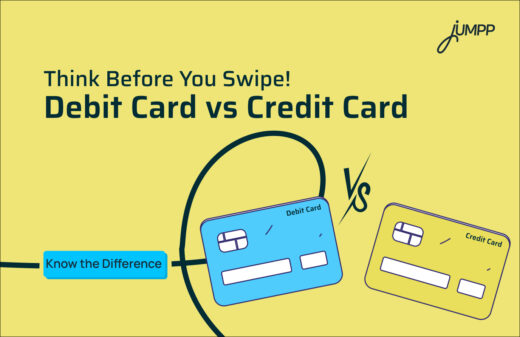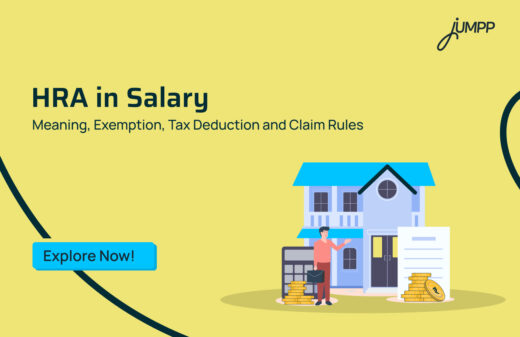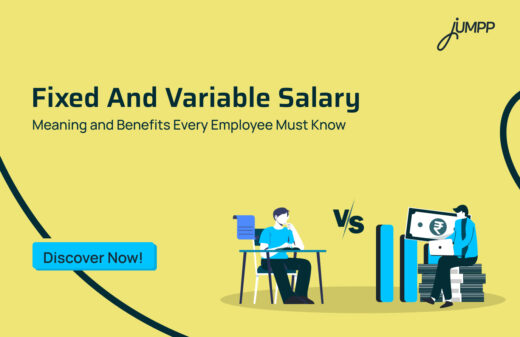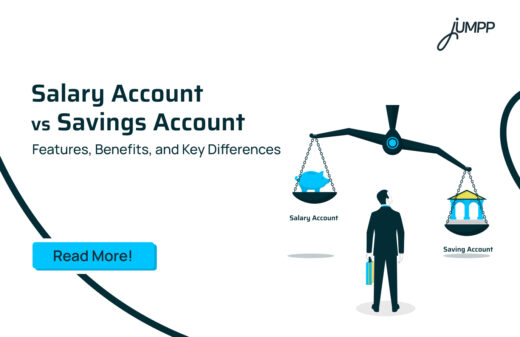Good Debt vs Bad Debt: Key Differences You Must Understand
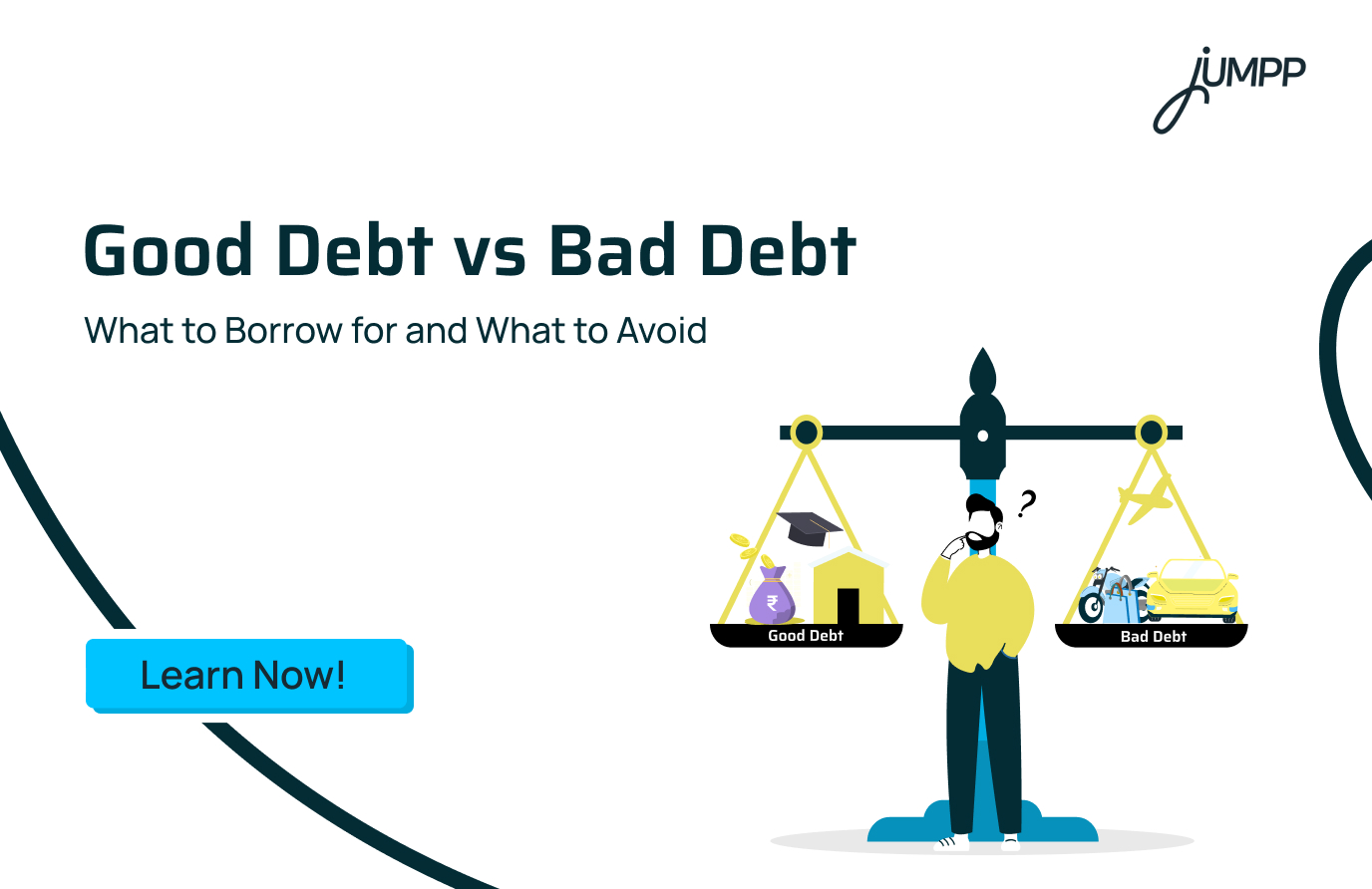
Every month, millions of Indians take loans or swipe cards without truly knowing the difference between debt that builds their future and debt that drains it. By December 2024, household debt reached 41.9% of GDP, up from 26% just a decade ago. More than half of this borrowing—around 55%—comes from non-housing retail loans like personal loans, credit cards, and consumer finance. Yet, fewer than one in three adults meet basic financial literacy thresholds. In other words, millions are borrowing more, but not necessarily borrowing better. This is because people lack the basic understanding of good debt vs bad debt.
Let’s explore the truth about good debt vs. bad debt!
Understanding Good Debt vs Bad Debt
Good debt vs bad debt is about intent. Every loan, swipe, or EMI we take tells a story of what we value, what we chase, and how we view our future.
What is Good Debt?
Good Debt is the money that helps you create assets, build long-term value, or increase your future income.
Now, let’s look at the other side.
What is Bad Debt?
Bad Debt is the money borrowed for things that lose value quickly or offer no lasting return.
The difference between good debt and bad debt lies in the outcome.
If your debt helps you earn more, build something of value, or secure your future, it’s good debt.
If it only satisfies short-term wants and leaves you paying high interest, it’s bad debt.
Good Debt vs. Bad Debt: The Key Differences

What is Good Debt?
Good debt is money borrowed to purchase assets that can grow in value or generate income. They help improve your long-term financial health.
Common Examples of Good Debt
Not all borrowing is bad. Some debts are investments in your future.
- Education Loan: It opens doors to better-paying jobs.
- Home Loan: This lets you own a valuable asset that grows over time.
- Business Loan: This type of good debt helps you start or expand something that earns more money.
- Investment Loan: You can take this debt to fund assets that can increase in value.
- Personal Loan for Consolidation: This cuts high-interest debt into something manageable.
What is a Good Debt-to-Equity Ratio?
A good ratio depends on the industry, but generally:
Lower ratio (0.5 or below): This is often seen as good. It means that the company relies more on its own money to grow and is less dependent on borrowing.
Higher ratio (above 1): This could indicate that the company is taking on more debt than its equity, which means it’s riskier. While some levels of debt are fine, too much debt could lead to financial problems if the company struggles to repay it.
Every smart debt move begins with awareness. Use a wealth management app to map your income, savings, and loans effortlessly.
What is Bad Debt?
Bad debt is money borrowed for things that lose value or don’t generate income. It tends to add financial strain instead of long-term benefit.
Common Example of Bad Debts
From high-interest credit cards to loans for things you don’t really need, these are the debts that quietly steal your money.
- Credit Card Debt: Carrying a balance with high interest grows your debt over time.
- Payday Loans: Short-term, high-interest loans can trap you in a debt cycle.
- Personal Loans for Non-Essential Items: Borrowing for luxury items or vacations adds no lasting value.
- Car Loans for Expensive Cars: Paying high EMIs for a quickly depreciating vehicle reduces your net worth.
Good vs Bad Business Debt
When it comes to business, the same principles apply. Good debt in a business includes loans used to expand operations, invest in technology, or hire skilled employees. Bad debt, on the other hand, might involve borrowing for unnecessary expenses, such as extravagant office spaces that don’t generate returns.
Difference Between Bad Debts and Doubtful Debts
Both bad debts and doubtful debts are amounts of money that you owe or are owed.
However, the key difference lies in the certainty of whether you will be able to recover the money or not.
1. Bad Debts
Bad debts are amounts of money that you owe or are owed, and you know for sure that they will never be recovered.
2. Doubtful Debts
Doubtful debts are situations where you aren’t sure if the money will be repaid or not. You are still holding onto hope or trying to find a way to recover the money, but there’s uncertainty.
Difference Between Bad Debts and Doubtful Debts: Key Insights
| Basis | Bad Debts | Doubtful Debts |
| Nature | An actual loss where collection is impossible and confirmed. | A potential loss where collection is uncertain. |
| Accounting | Written off entirely as an expense in the books. | A provision (allowance) is created to cover possible future loss. |
| Timing | Recognised as a loss when the debt becomes definitively uncollectible. | Estimated and provisioned when the debt is deemed questionable. |
| Balance Sheet | Removed from accounts receivable; not shown on the balance sheet. | Remains in accounts receivable, with a reserve reducing its net value. |
| Debtor Account | Debtor’s account is closed. | Debtor’s account remains open. |
| Claim Against Debtor | The claim no longer exists in the company’s books. | The claim still exists in the company’s books. |
What are the Other Types of Debt
Debt isn’t just credit cards or mortgages. It can be classified in several ways:
1. By Security:
- Secured Debt: This is backed by an asset (collateral). Defaulting can lead to losing that asset.
- Unsecured Debt: This is not backed by collateral. It relies on your creditworthiness, and usually has higher interest rates.
2. By Structure:
- Revolving Debt: You can borrow repeatedly up to a limit. Herein, your vailable credit goes down as you borrow and up as you repay.
- Instalment Debt: Fixed payments over a set period.
3. By Purpose or Borrower:
- Consumer Debt: Personal loans for everyday expenses, like credit cards, car loans, and medical bills.
- Business Debt: Loans, credit lines, or bonds used by a company to fund operations or expansion.
- Government Debt: Issued by governments to fund projects or cover budget gaps.
- Payday Loans: Short-term, high-interest loans to be repaid with the next paycheck, often considered predatory.
Even small investments compound faster than you think. Download the best app to invest in mutual funds and begin turning savings into smarter investments!
What is Debt Management?
Debt management is a thoughtful, organised way to handle and repay your debts, You can manage it yourself or get guidance from a credit counselling agency.
Key Elements of Debt Management:
- Assess Your Debts: Know what you owe, the balances, and interest rates.
- Create a Budget: Track income and expenses to see where your money goes.
- Plan Repayments: Build a strategy to pay down debt steadily.
- Negotiate with Creditors: Try to get better terms or lower interest rates.
- Use Consolidation if Needed: Combine multiple debts to simplify payments.
How to Manage Debt
Now that you understand good debt vs bad debt, let’s discuss how to stay debt-free and stress-free:
Debt, when managed effectively, can help you achieve your dreams.
Here’s how you must manage debt-
1. Prioritise Good Debt: You should focus on loans that add value, like a home or education loan.
2. Avoid Bad Debt: It is important to stay away from high-interest borrowing or unnecessary purchases.
3. Create a Budget: Always track your income and expenses to ensure timely repayments.
4. Build an Emergency Fund: It is necessary to avoid bad debt during financial crises.
Want to understand how financial protection works?
Learn the key functions of insurance and how it safeguards your finances during unexpected challenges.
5. Avoid unnecessary borrowing: You must focus on debts that add value to your financial portfolio.
6. Track Debt- You must keep a check on your borrowings and loans using a smart expense tracker app!
Conclusion
Good debt vs bad debt determines how borrowing affects your financial growth. Good debt, like home loans or education loans, builds wealth and income potential, while bad debt, such as credit card overspending or payday loans, drains resources and increases financial stress. Understanding and managing debt effectively ensures your borrowings work for you, not against you.
Good Debt vs Bad Debt- FAQs
Debt management is a structured approach to handling and repaying debts to regain financial control and work toward being debt-free.
You should track your spending, prioritise high-interest debts, set a repayment plan, and always have a budget for yourself.
Good debt helps you grow financially. This can happen when you take a loan for education or business, which can lead to more income. Bad debt, however, adds to your financial burden, like borrowing for unnecessary shopping that doesn’t improve your future.
A good example of debt is a loan you take to start a new business or for the higher education of your child, as these can lead to benefits in the long run.
A bad debt example is using a credit card to shop during a festive season and not paying it off on time. You’ll pay more than what you borrowed without any financial benefit.
Bad debt is money borrowed for purchases that don’t contribute to your financial growth. It typically involves high-interest loans that can drain your resources over time.
Bad debt is a loss because you pay more in interest and fees than what you originally borrowed without gaining anything useful in return.
It depends on what you borrow for. If it’s for something that helps you build wealth, like buying a home or expanding your business venture, it can be good. However, borrowing for things that don’t add value can lead to trouble.

